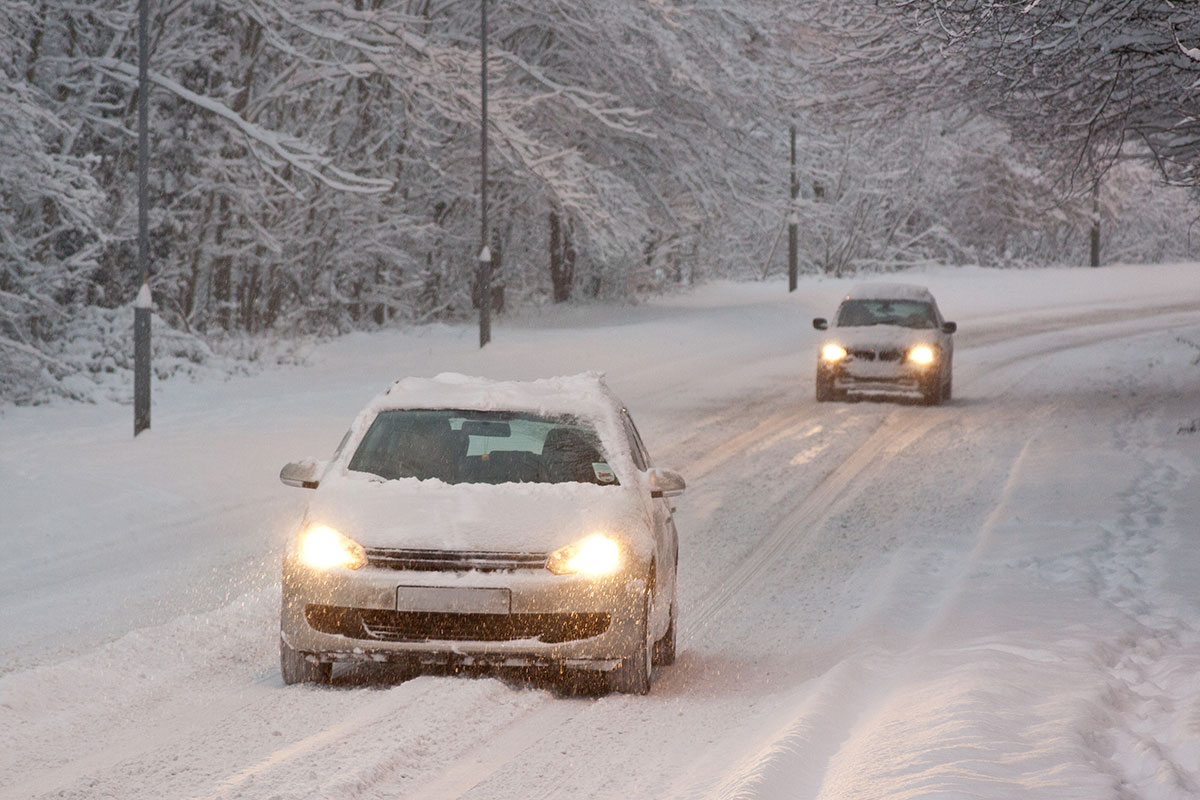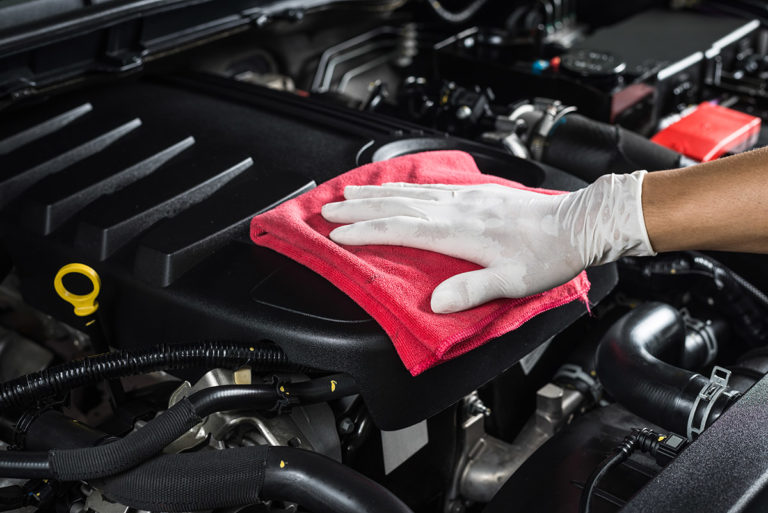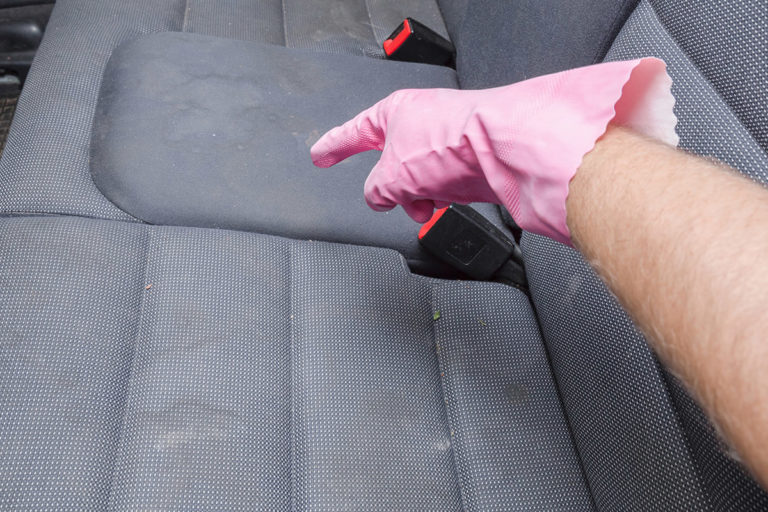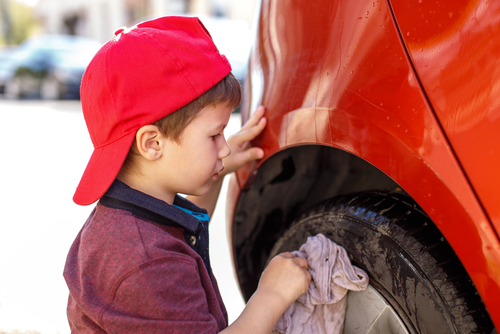Should I Wax My Car in Winter?
Most people associate car wax with the summer sun, road trips to the beach, and the gleaming polish that can only come when the skies are bright and blue. However, although summer wax makes sense from a visual standpoint, the winter months are when your car needs a coating of wax the most. Because of the harsh weather conditions of winter (especially in a place like Utah), your car is much more susceptible to damages if you don’t take the time to wax.
The Truth About Sleet and Snow
A fresh blanket of snow might look pure and white, but this kind of precipitation can be very damaging to a car’s exterior. Because it tends to linger much longer than rain does, any dirt, debris, or pollution that’s mixed into the snow will have longer to work on your car’s paint job. This is especially true for snow that’s been kicked up from the road into your car’s undercarriage and in your wheel wells.
Even more damaging are the road chemicals and gravel introduced to your paint job in this way. Because the snow and ice hold the chemicals and gravel against your car’s exterior for weeks at a time, they have a chance to work through the clear coating to cause rust and other damages.
How Winter Wax Works
Car wax works by creating a barrier between the surface of your car and moisture from the environment—including moisture in the form of snow, ice, sleet, hail, and other winter precipitation. By preventing the materials from sticking, you can ensure a cleaner finish no matter what Mother Nature throws at you.
Although you can use any kind of wax (including the most popular carnauba wax), many experts recommend going for a synthetic wax or more protective paint sealant during the winter months. This is because the chemicals, road salts, and built-up gravel from the winter roads are a bit more damaging this time of year.
How to Apply Car Wax in Winter
Applying car wax in winter presents a few challenges, since it’s not optimal to apply wax in sub-zero temperatures. When possible, it’s best to wax your car as part of your regular winter prep, such as when you switch over to snow tires and get your oil changed. If you miss this window, you can either apply the wax in a temperature-controlled garage or another covered workspace. By allowing the wax time to set and dry somewhere that’s protected from the elements, you’ll ensure that it has time to effectively take hold before you hit the road.




